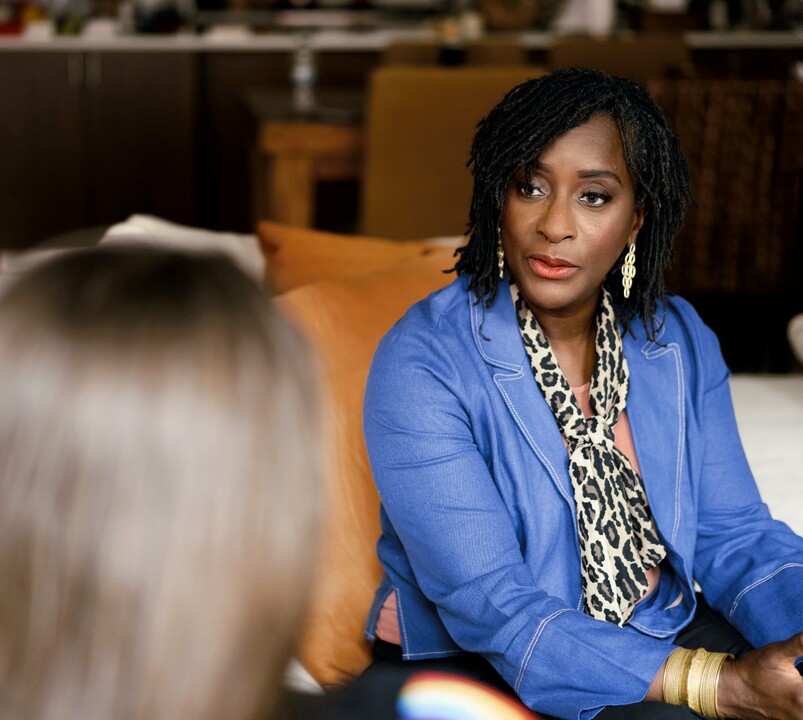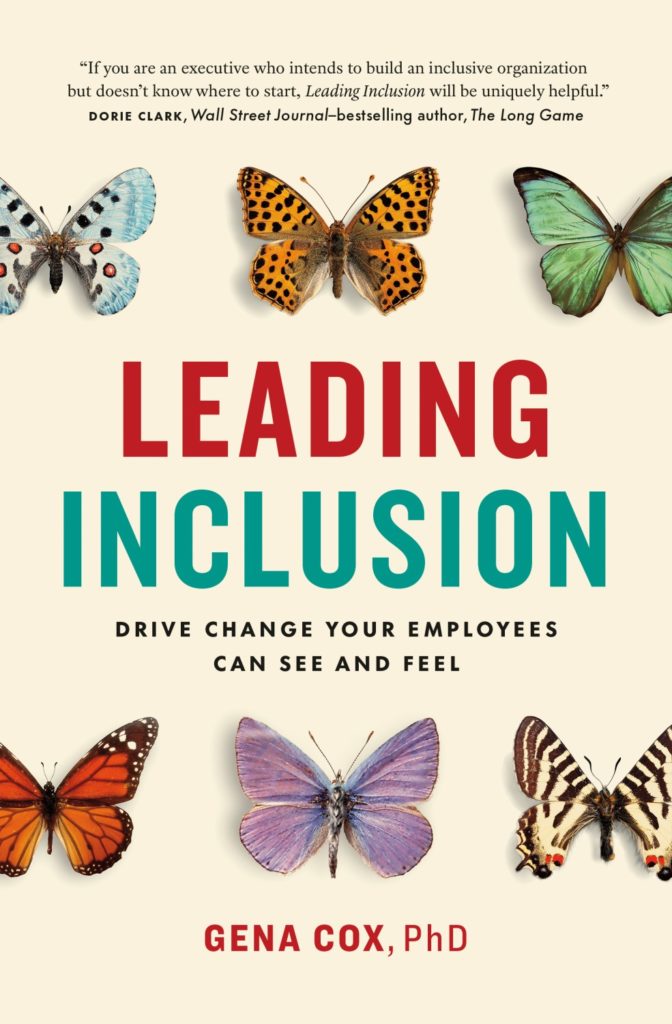Improve Employee Engagement by Becoming an Inclusive Leader

For us corporate types, employee engagement was a hot topic way before the pandemic. But between the Great Resignation, where millions of people left their jobs, to continued concerns about “quiet quitting,” creating positive places to work has become more critical than ever before.
Something that can help all employees feel connected, motivated and seen is creating a culture of inclusion. While many well-intentioned companies understand the benefits of embracing Diversity, Equity, and Inclusion (DE&I) programs, progress has been elusive.
That is why Gena Cox, PhD., designed a strategic framework to help leaders better navigate DE&I issues with her new book Leading Inclusion: Drive Change Your Employees Can See and Feel.

The Organizational Psychologist and Executive Coach has conducted extensive research about inclusion. One of her key findings is that effective inclusion leadership needs to start at the top of the organization.
“Diversity and inclusion drives are nothing new, starting with civil rights legislation back in the 1960’s. But progress has been very slow and disappointing,” she noted. “Then following George Floyd’s and Breonna Taylor’s deaths, it created a sea change where organizations realized for the first time how bad things were within their organizations for some of their employees.”
For Cox, it was personal. As a Black woman, she felt tremendous angst after the high-profile police killings, thinking of how it could have been her own daughter. Cox wanted to do something more to make a difference. The answer became writing Leading Inclusion.
“I’m not the activist marching in the streets, however I wanted to have as large an impact. I know a lot about human behavior in the workplace and felt I could be be useful by helping leaders address this challenge,” she said. “Leaders seemed so disconnected and anxious; they wanted to engage in conversations about racial-based disparities and do something, but I could tell they didn’t know what to do. I wrote my book to offer guidance without judgement.”
She explains that challenges have persisted because efforts were ad hoc, inclusion has been seen as a side priority instead of a central part of the enterprise strategy. In addition, while many of the efforts attempted focused on implicit bias training and trying to change people’s attitudes, that only works if you include a component to change human behavior that is supported by senior leadership.
“Inclusion needs to be driven by the top because when it is not articulated by the C-Suite and guided by the Board, you lack a vision and strategy,” said Cox. “You have no accountability and all your effort could be focusing on ineffectual things.”
Benefits of Inclusive Leadership
When you embrace inclusive leadership, it impacts every part of your organization. Employee engagement and satisfaction soars. Motivated employees deliver better customer service and relationships are improved with suppliers. This approach creates a competitive advantage in attracting and retaining the best talent.
“If you have inclusion, it will make a positive difference in your employee experience and for all the successes you wish for your business,” Cox added. “The lack thereof, what I call an inclusion deficit, creates a disadvantage relative to your competitors that can take years to catch up unless you do something dramatic. I recommend investing in inclusion now to receive the compounded benefits.”
Wondering how you become a more inclusive leader? Cox provides great advice in her book, and I highly recommend checking it out. Meanwhile, here are some tips to help you get started.
- Adopt an open mind about what is possible. Shifting a “this is the way we’ve always done it” attitude to considering how to do things better can yield tremendous results.
- Take a proactive approach instead of avoiding inclusion issues, which individuals can interpret as disrespect.
- Be honest about what you do and don’t know. A willingness to learn more about what people are experiencing will help you gain a broader perspective.
- Every person, manager and leader can make a difference in the one-on-one interactions you have with people. “I call this the three C’s – curiosity, connection, and comfort,” said Cox. “If you wake up in the morning determined to contribute to something that will help you understand and feel more connected with another person, all of a sudden it seems doable.”
Inclusive leadership can make a positive impact outside of the workplace as well. “The workplace is the one place where all of our human variations show up together,” noted Cox. When you have the experience of inclusion at work, now you can take it to your neighborhood. Now when you see something wrong that or somebody poorly treated, maybe you can speak up.”
How have you become a more inclusive leader? What advice to you have to share with companies looking to improve their DE&I efforts?
